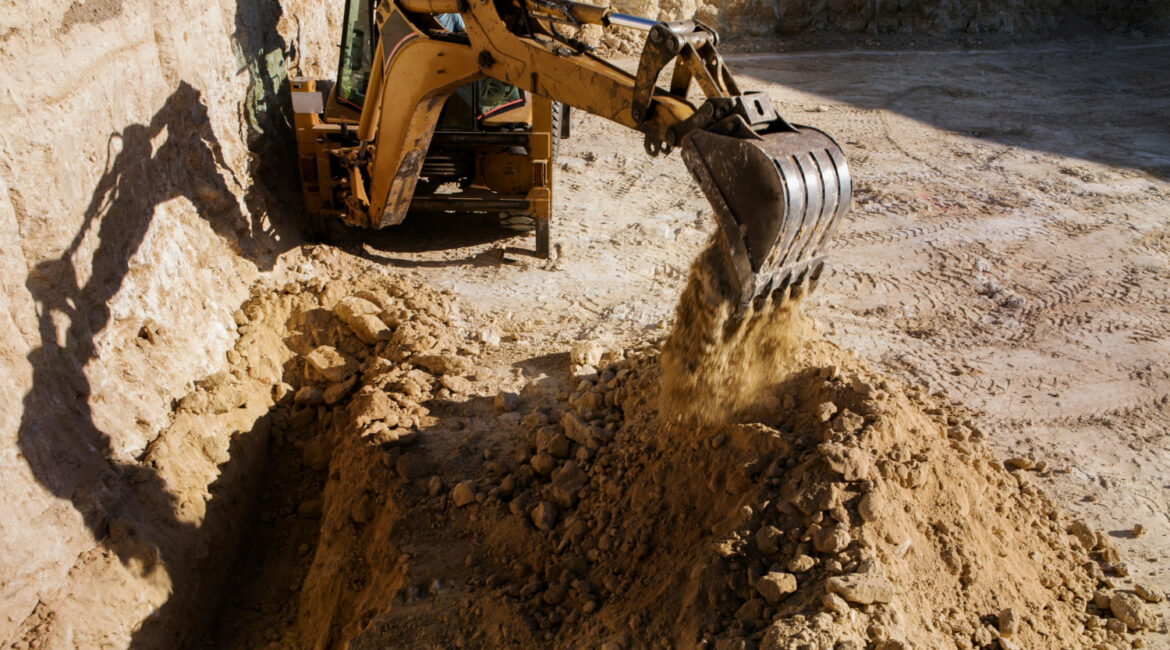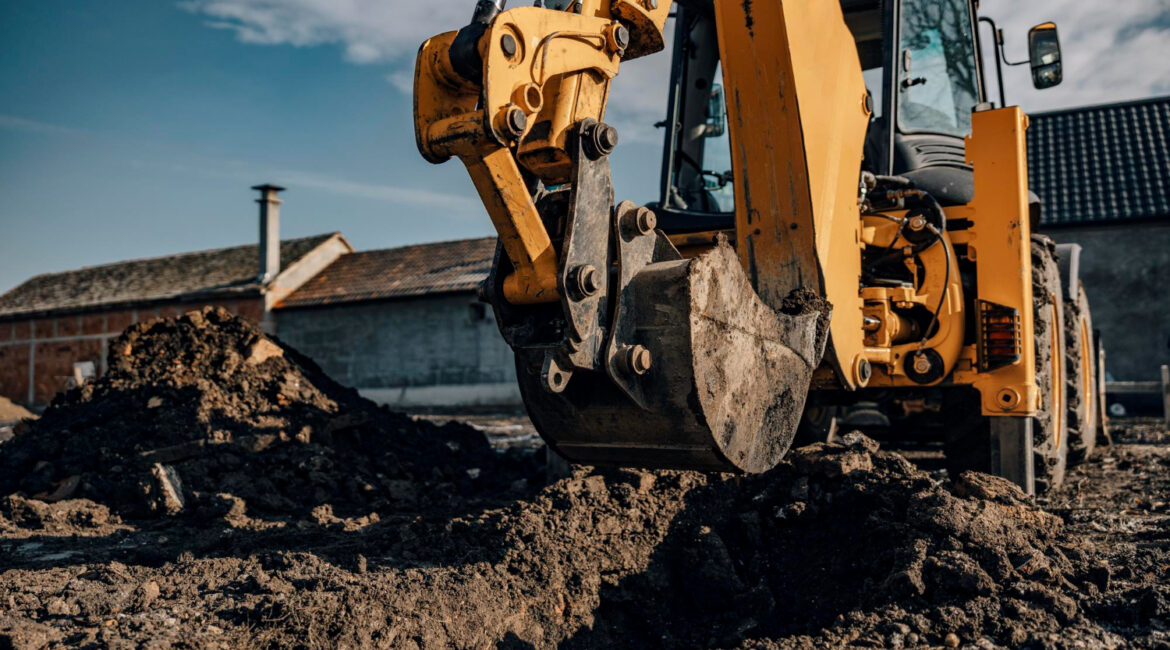Australia’s construction sector is entering 2026 with a strong focus on sustainable building, driven by environmental concerns, evolving policy frameworks, and technological innovation (The Guardian, Orb Excavations, Build It). Projects are increasingly prioritising eco-friendly excavation, integration of recycled materials, and waste-reduction measures that align with national sustainability commitments.

Industry Context
Construction and demolition waste accounts for more than 40% of Australia’s total landfill volume (MDPI), while construction materials contribute around 11% of global CO₂ emissions (MDPI)—with up to one-third wasted on-site (DCCEEW). The industry is now focusing on avoiding waste generation and enabling circular material use (ScienceDirect, MDPI, DCCEEW).
Sustainable
Excavation waste—such as sand, stone, and fill—can be collected, processed, and reintegrated into the construction supply chain (Australian Manufacturing). Boral’s Circular Materials Solution transforms excavation and demolition by-products into low-carbon building materials. Concrete rubble, once crushed, can be reused as road base, revetment material, or “urbanite” blocks (Wikipedia).
Waste Minimisation
The waste hierarchy, avoidance, reuse, recycling, recovery, and finally disposal, remains the guiding principle (DCCEEW, Kasa Building Group, MDPI). Building a market for recycled materials supports a circular economy by converting site waste into valuable resources (RMIT University, Courier Mail).
Advanced Techniques
Vacuum excavation minimises soil disturbance, reduces erosion, and limits dust and runoff during site preparation (Spence Excavation). Hydro/vacuum systems provide precision excavation with lower ecological impact (Spence Excavation).

Green-Building
Australian construction is increasingly benchmarked against sustainability standards such as Green Star and NABERS (Build It, Wikipedia). The Green Building Council of Australia’s Waste Opportunity 2025 report estimates up to $64 billion in building materials could be wasted in the next five years, equivalent to 141 kg of material lost per square metre (Green Building Council of Australia).
Excavations Strategy
Orbs Excavations commits to practices that meet industry and regulatory expectations (Orb Excavations):
- On-site material reuse to reduce reliance on raw resources.
- Waste management plans integrating avoidance, separation, and recycling.
- Collaboration with stakeholders to optimise environmental results.
- Eco-friendly excavation methods such as vacuum or hydro-vacuum systems to minimise ecosystem disruption.
These initiatives align with national green-building objectives and strengthen Orbs Excavations’ position as a preferred choice for environmentally conscious developers and government procurement.
Green excavation practices are essential for sustainable construction and achieving net-zero goals. By applying recycled materials, waste-minimisation strategies, and precision excavation technologies, Orbs Excavations supports Australia’s transition toward environmentally responsible building practices.
